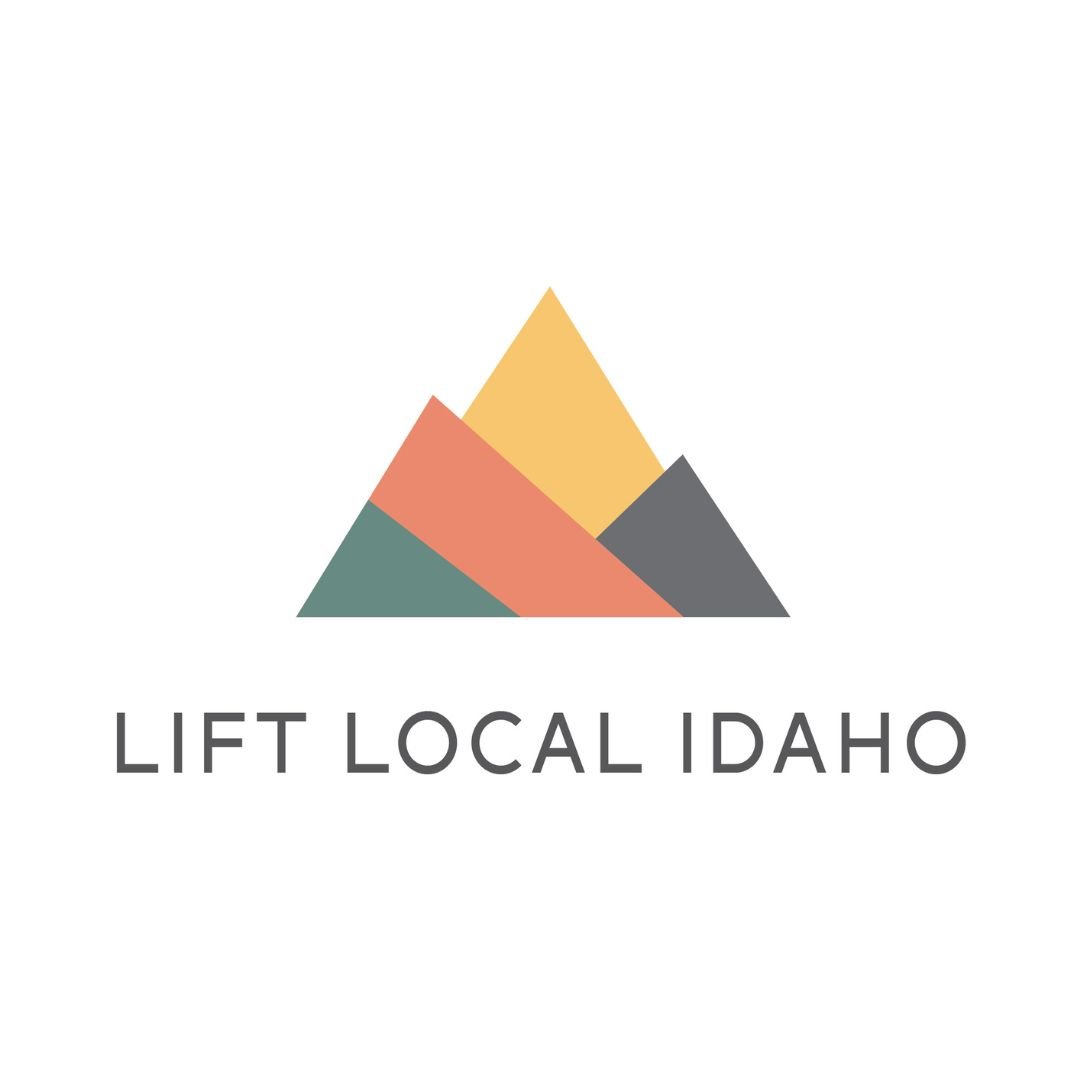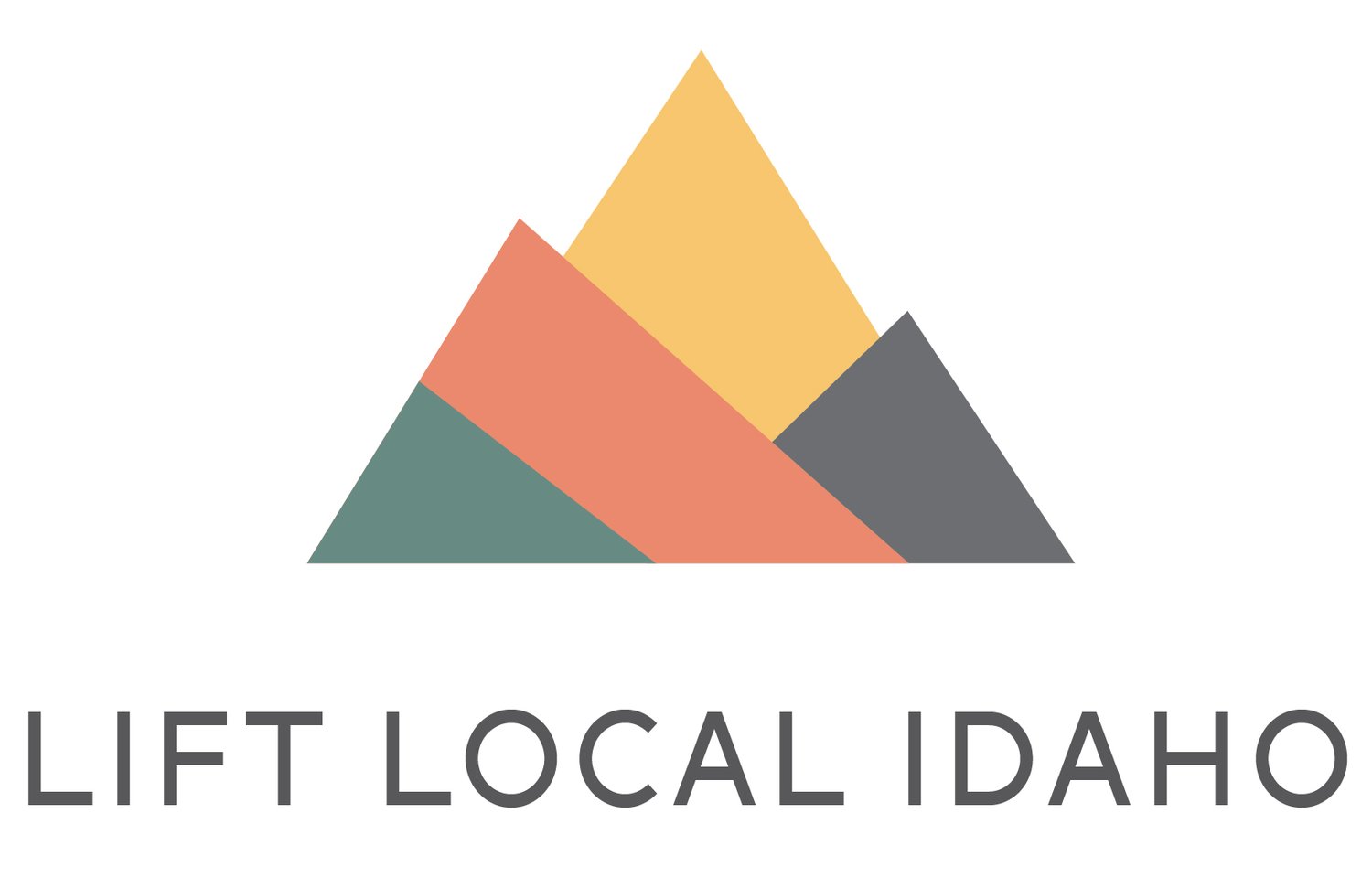
a business coalition for local control
Data: U.S. Census Bureau; Map: Axios Visuals; Used with permission.
In 2022, all but one of Idaho’s 44 counties saw population gains. Since 2020, the state’s population has grown by 100,000 residents.
Idaho is growing because
Idaho is great.
Idaho has been the fastest growing state in the country for the past five years. Growth is hard, and there’s no shortage of examples of states that didn’t grow well — it looks like skyrocketing property taxes, eroding infrastructure, worsening traffic, overcrowding schools, and an increasingly vulnerable quality of life.
Meanwhile, our state already has upwards of $10 billion and growing in unmet and urgent infrastructure and public service demands — and our towns and cities do not have the tools to address growth or to meet these increasing needs.
Lift Local Idaho is here
to give Idahoans a better option.
We’re a statewide coalition working to give voters in all jurisdictions in Idaho the choice and the ability to directly address unique community needs and to protect the beloved Idaho quality of life.

Lift Local Idaho, a nonpartisan organization, includes concerned citizens, civic organizations, chambers of commerce, business leaders, large employers and small businesses, advocacy groups, and local elected officials. Click here to join the coalition.
Lift Local Idaho isn’t trying to reinvent the wheel. Local option is already used in 37 states (including all but one of Idaho’s neighbors) and has been of service here in Idaho for decades — 21 communities in Idaho (including McCall, Stanley, Victor, Sandpoint, and others) rely on funds levied through local option to support their specific community needs and values.
Local option is popular because it works.
Residents of all communities in Idaho deserve more control over their quality of life — including the ability to choose what public services they need and how they’re funded.
Lift Local Idaho aims to give all voters in Idaho the choice and the tools to directly address their unique community needs.
This includes expanding local option authority — a tool already used in 21 communities in Idaho and 37 other states — the ability to harness earned municipal sales tax revenue to:
Fund local infrastructure projects
Enhance local services like water networks and fire departments
Diversify tax revenue structures
Decrease reliance on property taxes
Decrease reliance on state and federal aid
Across party lines, geography, and demographics, a majority of Idahoans support local option.

Lava Hot Springs is one of the 22 jurisdictions in Idaho that utilize local option. With approximately 50,000 visitors a month, the local option taxes shift the associated costs of maintenance and public safety away from the city's 450 residents — and their property taxes. Photo by Rexburg Online.

In 2015, 73% of voters of Sandpoint, Idaho chose to enact a local option tax for city improvements and beautification. Approximately $7 million has been collected through the tax since it went into effect. In 2022, a supermajority of Sandpoint voters approved to increase the tax for streets and pedestrian improvements.

Stanley, Idaho is surrounded by over a thousand miles of untouched wilderness. With an estimated 700,000 visitors a year and a population of 116, local option tax revenue is the most significant revenue source for the city of Stanley. Local option funds the city park, cemetery, streets, snow grooming, law enforcement, and assistance for city-based organizations such as fire volunteers, emergency personnel, and the chamber of commerce.



